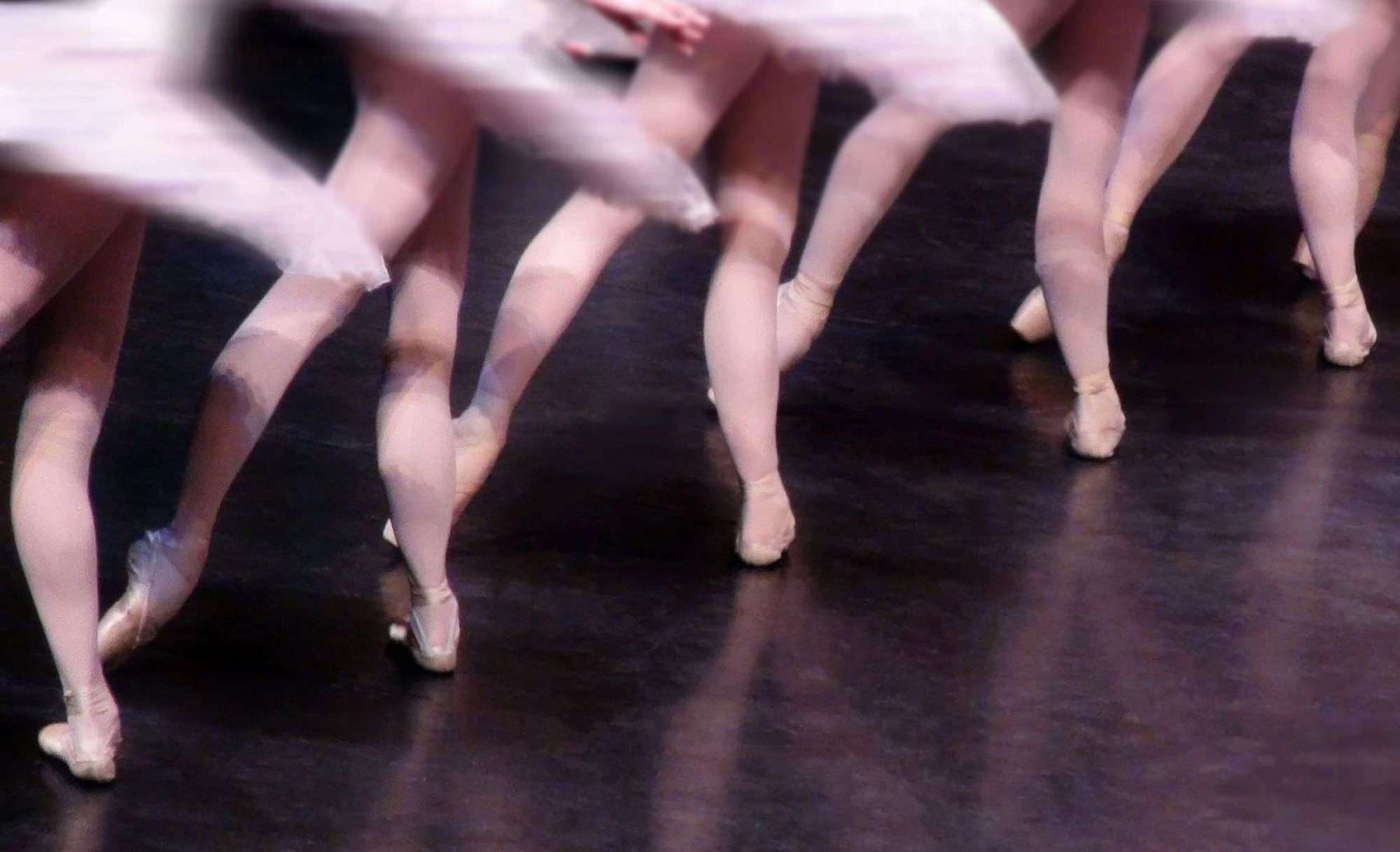In ballet, balance is a key factor. There’s more to balancing than simply holding a pose, too. Every aspect of an adagio exercise requires tremendous balance and control, whether you are holding a pose for several counts or simply moving from one pose to the next. A pirouette is a balance while turning. The interesting part about balancing, to me, is not so much the physical strength it involves, but the discipline of the mind. Both pieces are important.
Yes, you must be strong. In order to hold a balance you have to be in command of the pose and have the necessary strength to maintain it. We know that balancing at retiré is a good preparation for pirouettes. If you want to do a triple pirouette with the foot at the knee, you must be able to at least balance in that position without turning for as long as it would take to rotate three times.
When we practice balancing at the barre it is helpful to remember that the position we’re balancing in is never static. We aren’t statues; we’re living, breathing beings. There must be life and breath involved. I once had a teacher who would say that from a single balanced position, the audience must never know whether we will run off the stage, move into yet another position, or even begin to turn. This is where it’s imperative that we can adapt to those minuscule changes in order to maintain our equilibrium. Even if we feel ourselves drifting off to the right, we are able to make adjustments that put us back on our center axis without completely losing the balance.
Turns at the barre was always one of my favorite things. It’s tricky at first because you have to learn how to avoid hitting the barre with your knee, but we would do half turns, full turns, fouetté turns, both en dehors and en dedans. It was a bit like working with a partner!
I had another teacher who would come and stand next to us while we were balancing and make ridiculous movements like a chicken. Anything to make us lose our concentration and laugh. This part is what fascinates me more than the physical part. Being able to focus our thoughts on staying lifted out of the hips, breathing in and out, noticing change in the environment but sustaining our position within it—this takes a lot of practice and discipline. It’s important to stay with yourself and not worry about the person in front of you who may be doing a better or worse job of it than you.
Another point I’d like to make about balance is focusing the eyes. Just as we’re not trying to look like a stiff statue, we may find it easier at first to maintain our balance if we keep our eyes focused on an object, but it’s really good to practice moving your focus too. When I was teaching I would try to start out class with balances on two feet, then on one foot, then moving from one position to another (for example, from retiré to arabesque or attitude), or taking the arms from fifth en haut to an open V and turning the gaze away from the barre.
Key Points for Balancing:
- Lift out of the supporting hip. Let there be a circular energy: as your weight pushes down into the floor, lift the muscles above the kneecaps and through the thighs upward. Don’t “settle” into a balance.
- Keep the back wide and don’t let the shoulder blades creep towards each other.
- Think of lifting up and over, like your ribcage is resting on a little shelf.
- Focus at or above your line of sight so your chin doesn’t drop.
- Keep breathing and moving, adapting to minuscule changes in your body and the atmosphere.
- Strengthen and engage your core, the abdominal muscles.
Image file is licensed under the Creative Commons Attribution-Share Alike 3.0 Unported license. Author Danivalcarce




